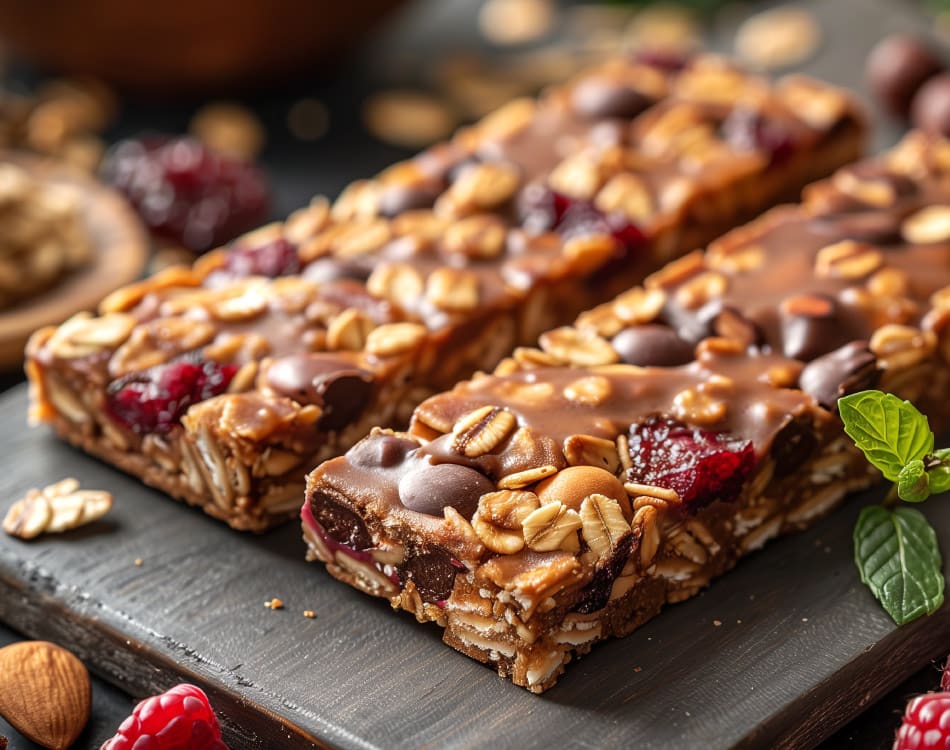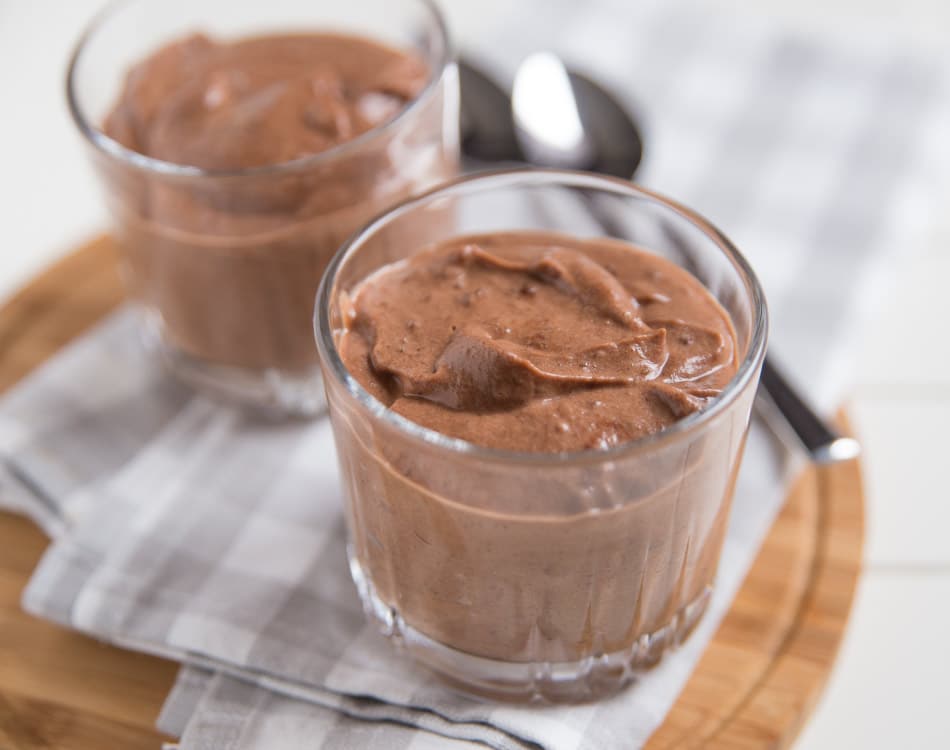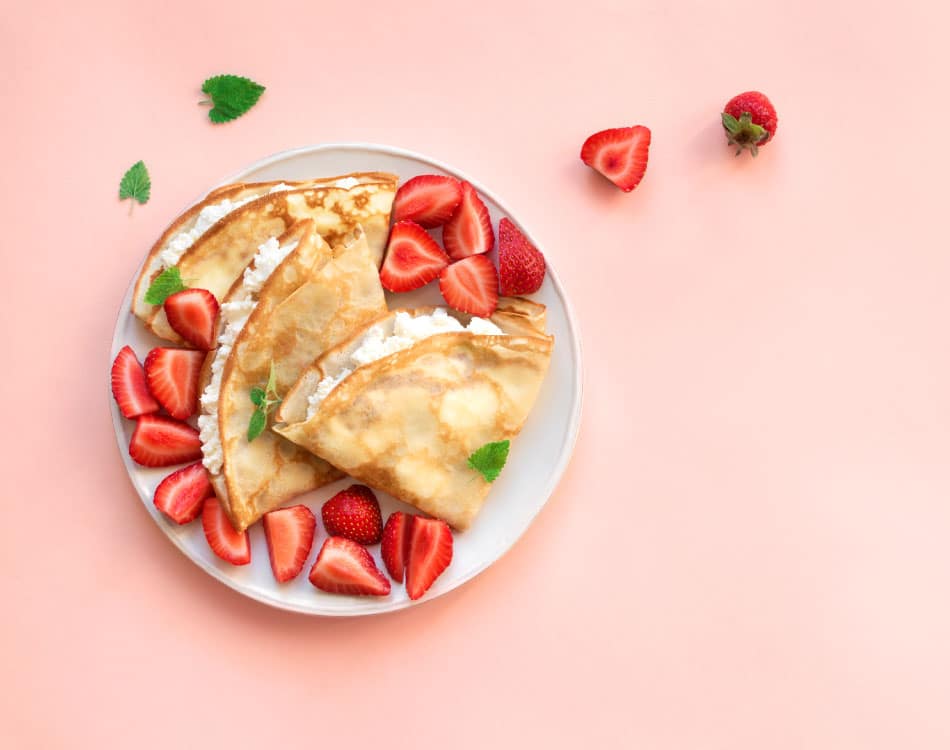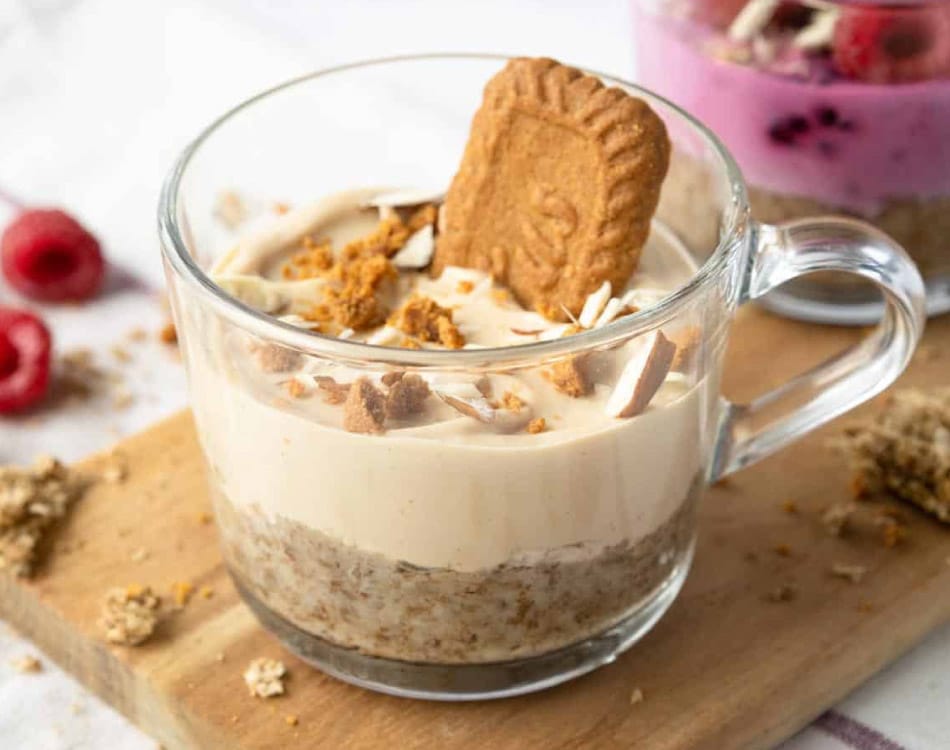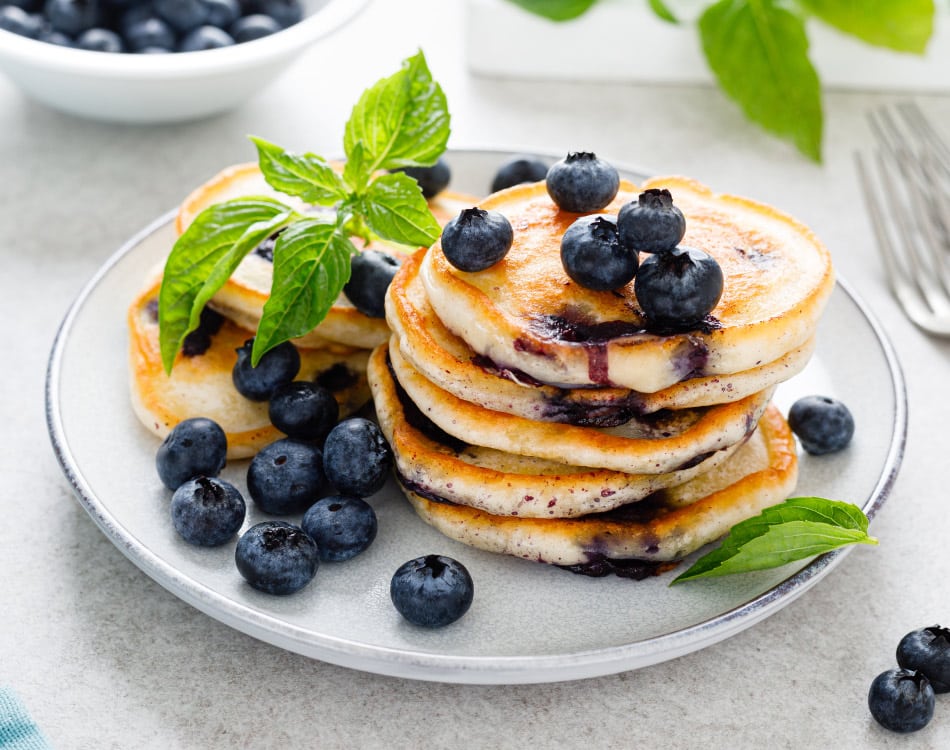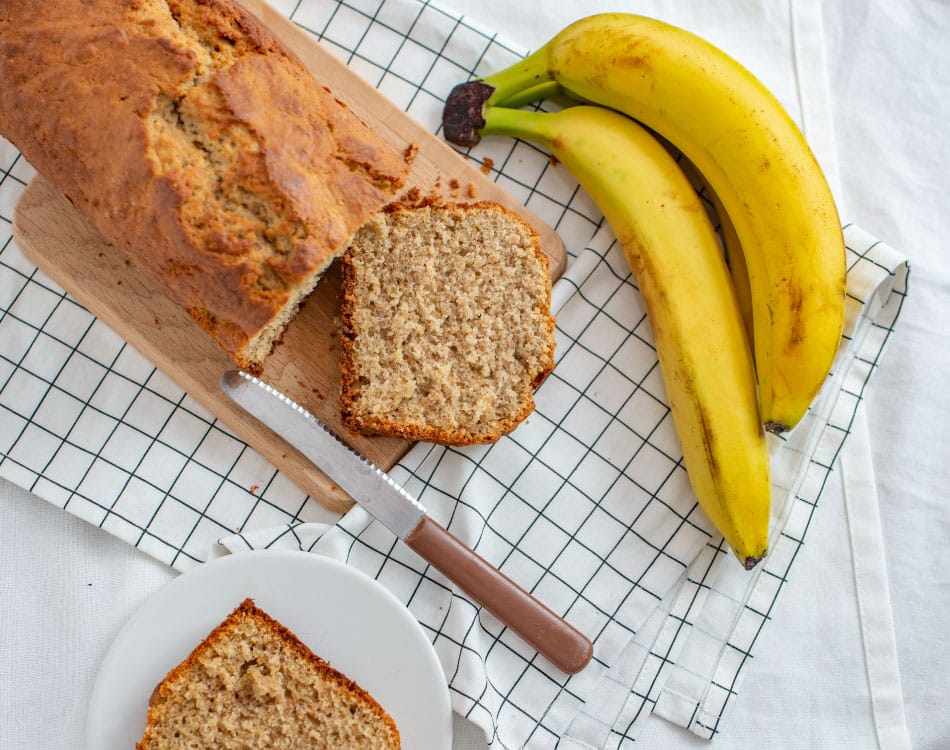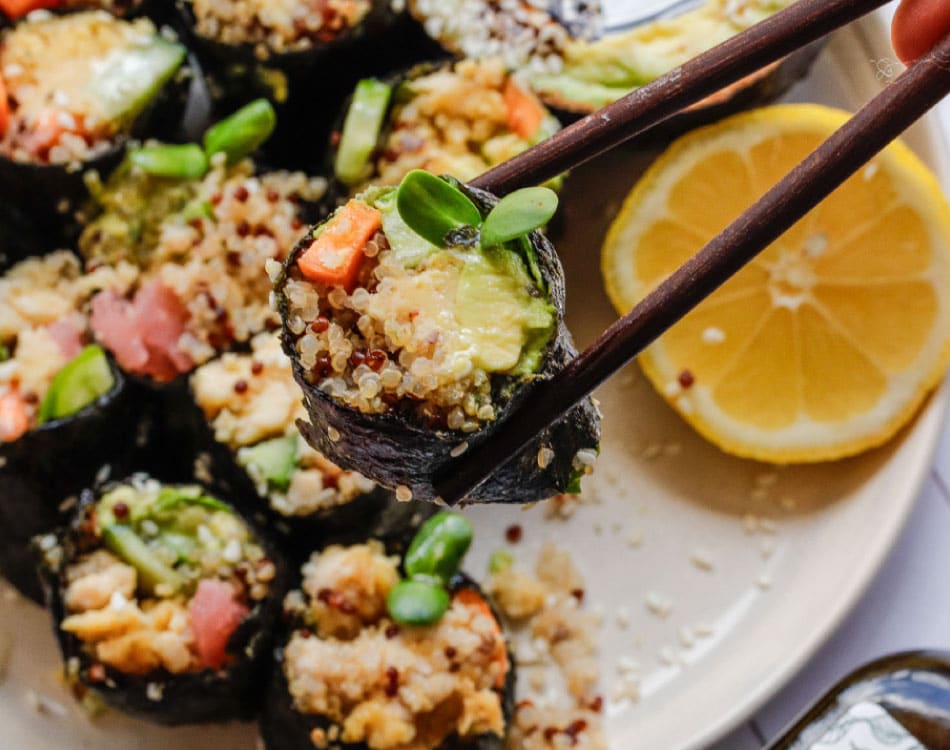When you try to clean up your diet and make better food choices, you need to find ways to curb cravings, particularly for sugary foods, so they don’t get the better of you.
There are various reasons why you may experience intense cravings. Understanding whether your impulse to eat between meals is caused by physiological, hormonal or psychological factors can help you regain control.
A psychological craving can result from different emotional states or associations with food. For instance, stressful situations or feelings of depression may result in cravings for sweet foods because the resultant rush of energy can lift your mood. It’s also natural to indulge in activities that give us pleasure and comfort, which is why cravings for high-fat and sugar-rich foods are often linked to a psychological need.
A physiological craving may stem from a rapid drop in blood sugar levels, either following a high-sugar or carb-laden meal, or following intense or prolonged exercise.
A hormonally-driven craving occurs when our bodies release excessive amounts of powerful hormones. For example, a burst of the brain neurotransmitter dopamine, which acts on the reward centre in the brain to promote feelings of enjoyment, pleasure and euphoria, can prompt a craving for sugar. Cortisol can also cause blood sugar spikes when we’re stressed. The resultant dip often sends us running to the pantry cupboard for a sweet treat.
Cortisol can also block the release of leptin and insulin, which can increase cravings for energy-dense foods.
READ MORE | The Sweet Truth About What Happens To Your Body When You Eat Sugar
To keep cravings in check, try these 7 tips:
1. Lower your sugar tolerance
Cut sugar from your diet – stop adding sugar to your meals, cut out all sugar-sweetened beverages, and read food labels to determine how much sugar is in the packaged foods you buy, then opt for low- or no-sugar variants.
Once the sugar withdrawal subsides, you should experience fewer cravings.
2. Stabilise blood sugar
Eating a balanced meal that combines complex carbohydrates with a source of protein and/or healthy fats will lower the glycaemic load of the meal. This reduces the amount and speed with which glucose enters the bloodstream.
3. Manage hunger
It’s important to eat before you become too hungry. This helps to maintain stable blood sugar levels and prevents over-eating at the next meal, or the need to snack in between.
4. Make smart swaps
Substituting the unhealthy food you crave with a nutritionally sound replacement is another smart way to control cravings. For example, rather opt a small piece of dark chocolate instead of giving in to a craving for milk chocolate.
5. Distract yourself
When cravings strike, occupy yourself with a non-food-related activity like listening to music or a podcast, heading outside for some fresh air or reading something interesting until it passes.
6. Hack your craving
Sniff peppermint oil, sip on mint tea, chew sugar-free mint gum or simply brush your teeth. Smelling mint can curb your sugar craving because it’s a natural appetite suppressant due to its strong scent, while its strong taste doesn’t mix well with sweet things.
A study conducted at Wheeling Jesuit University confirms that subjects who sniffed peppermint ate fewer calories.
7. Don’t be overly restrictive
Don’t deny your cravings because this can cause them to rage out of control. Rather learn to indulge them by eating a small portion – a block or two instead of devouring the whole slab.
However, willpower can be fickle. If you find it impossible to maintain control when eating sugary foods, clear your home of sweets and other temptations.


